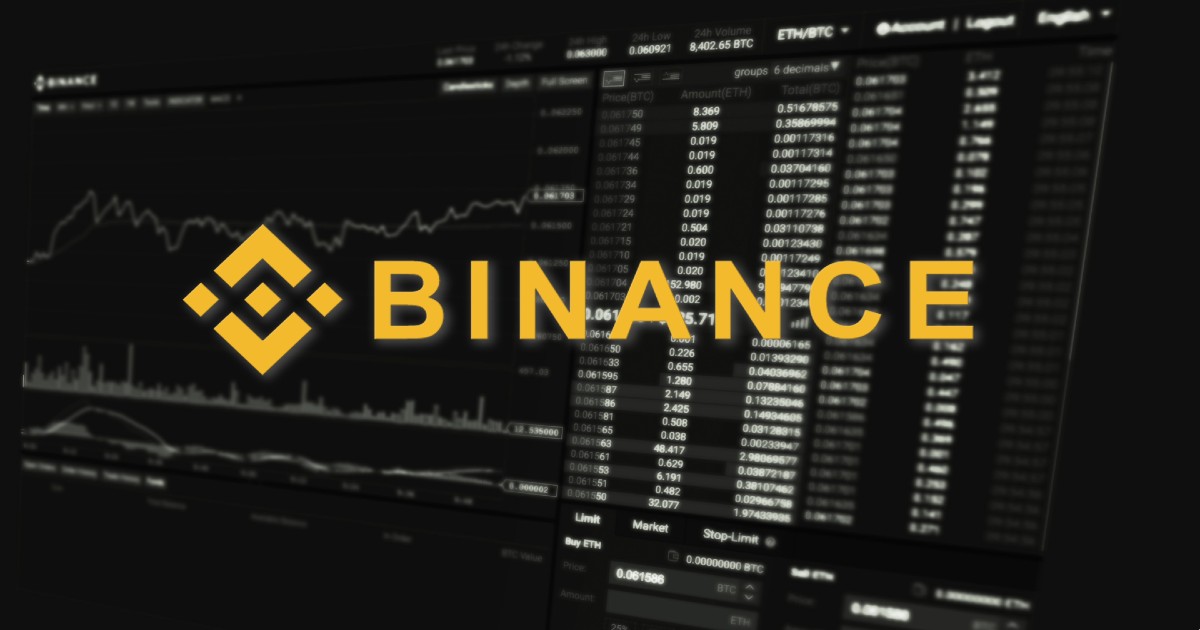Foxconn Leverages NVIDIA AI for Advanced Factory Automation
Foxconn, the world's largest electronics manufacturer, is making significant strides in industrial automation by utilizing NVIDIA's advanced AI and Omniverse platforms. According to NVIDIA Blog, the company is creating a digital twin of its new factory in Guadalajara, a key hub in Mexico's electronics industry.
Virtual Factories Create Real Savings
The digital twin, a virtual replica of the physical factory, allows Foxconn's engineers to define processes and train robots in a controlled environment. This preparation aims to maximize efficiency when the physical plant begins producing NVIDIA Blackwell HGX systems. With more than 170 factories globally, Foxconn is at the forefront of leveraging digital twins to enhance industrial automation and efficiency.
Young Liu, Chairman of Foxconn, highlighted the benefits, stating, “Our digital twin will guide us to new levels of automation and industrial efficiency, saving time, cost, and energy.” The company anticipates a 30% annual reduction in kilowatt-hour usage and significant cost savings by increasing manufacturing efficiency using the simulated plant.
Foxconn Teams With NVIDIA, Siemens
Foxconn is collaborating with Siemens, using software from the Siemens Xcelerator portfolio, including Teamcenter and NVIDIA Omniverse. This partnership aims to develop 3D workflows and applications based on OpenUSD, ensuring that the digital twin is both physically accurate and visually realistic.
In March, NVIDIA and Siemens announced their intention to integrate Siemens Xcelerator applications with NVIDIA Omniverse Cloud API microservices. Foxconn will be among the first to utilize these combined services, allowing engineers to design robot work cells and assembly lines efficiently. The robots will then be trained using NVIDIA Isaac Sim within the virtual factory.
Robots Attend a Virtual School
Foxconn is taking a pioneering step by training AI robots within the digital twin. Robot arms from manufacturers like Epson will learn to see, grasp, and move objects using NVIDIA Isaac Manipulator, which includes a collection of NVIDIA-accelerated libraries and AI foundation models.
For instance, robot arms will be trained to handle Blackwell servers and place them on autonomous mobile robots (AMRs). These AMRs, developed by Taiwan's FARobot, will use NVIDIA Perceptor to navigate the factory floor, creating real-time 3D maps to avoid obstacles. The routes are optimized by NVIDIA cuOpt, a microservice known for its route optimization capabilities.
A Global Trend to Industrial Digitization
Foxconn's initiative in Guadalajara is just the beginning. The company plans to design digital twins for other factories worldwide, including one in Taiwan for manufacturing electric buses. Additionally, Foxconn is deploying NVIDIA Metropolis to enhance shop floor cameras with AI-powered vision, providing deeper insights into operations and opportunities to improve efficiency and worker safety.
The manufacturing sector, valued at $46 trillion, is ripe for industrial digitalization. Other top electronics manufacturers such as Delta Electronics, MediaTek, MSI, and Pegatron are also leveraging NVIDIA AI and Omniverse to build digital twins, as revealed at COMPUTEX. These companies aim to make their factories more agile, autonomous, and sustainable to meet the growing demand for over a billion smartphones, PCs, and servers annually.
Read More
OKX Announces APT Airdrop Campaign with 1,000 APT Prize Pool
Jun 03, 2024 3 Min Read
Binance Announces Updates to Leverage and Margin Tiers for OGNUSDT, ONEUSDT, and ZENUSDT
Jun 03, 2024 3 Min Read
Binance to Delist OMG, WAVES, WNXM, XEM from 2024-06-17
Jun 03, 2024 3 Min Read
Pegatron Implements AI-Enabled Digital Twins to Optimize Factory Operations
Jun 03, 2024 3 Min Read
Wistron Boosts Manufacturing Energy Efficiency with AI and NVIDIA Omniverse
Jun 03, 2024 3 Min Read




